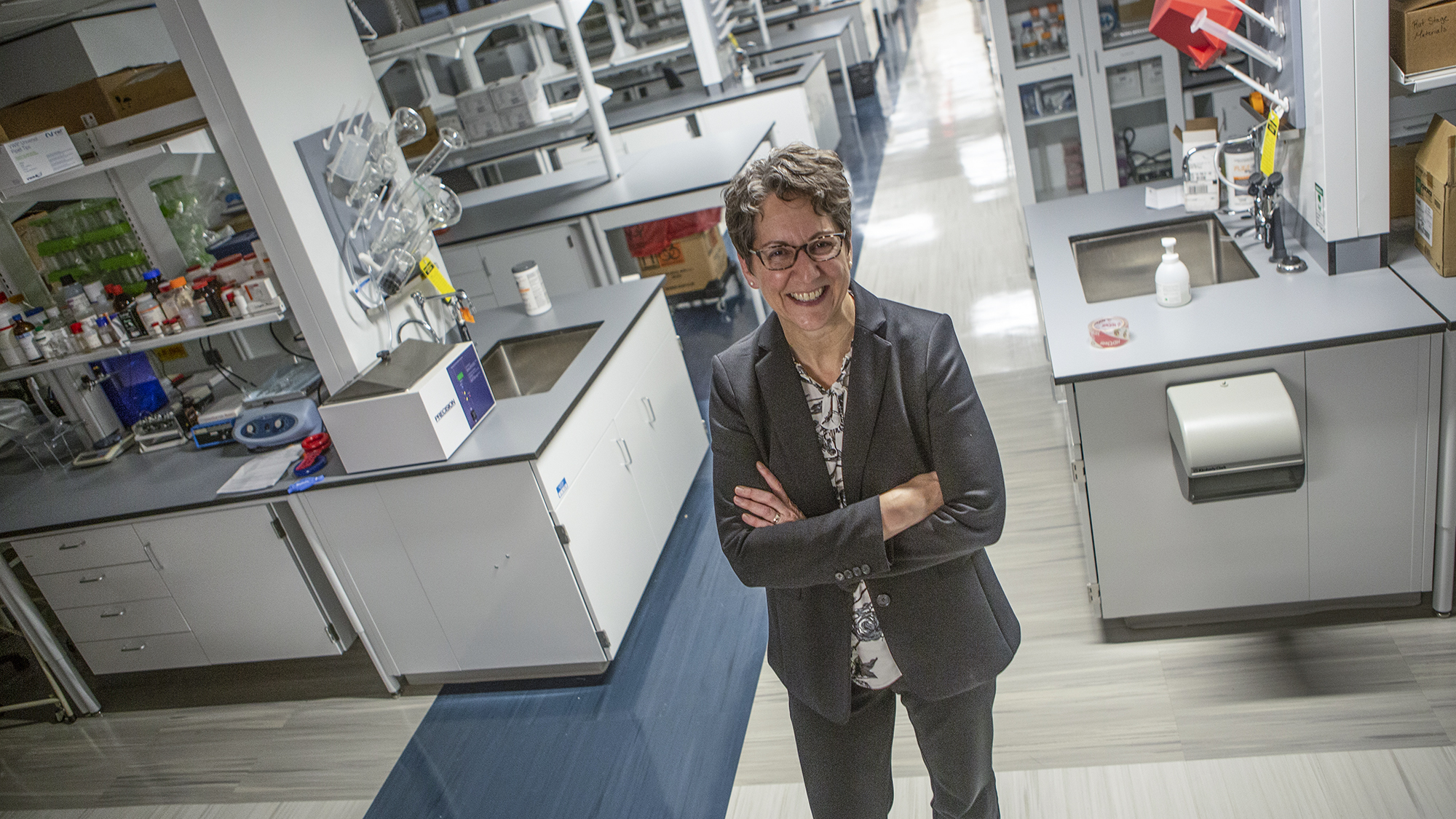Leading the way in translational research
The Machelle T. Pardue lab develops multi-disciplinary investigations that impact three overarching goals:
- The detection and treatment of early-stage diabetic retinopathy
- The identification of mechanisms of refractive eye growth and myopia
- The bolstering of neuroprotection to slow retinal disease and preserve visual function.
Steps to successful treatment and rehabilitation of vision impairment require both a fundamental understanding of the disease mechanism(s) and an ability to identify therapeutic windows through accurate characterization of temporal changes. The Pardue Lab uses behavioral, electrophysiological, morphological, molecular, and imaging approaches to evaluate changes in retinal function and structure.
The Lab's research seeks to employ knowledge of retinal circuits and visual processing to investigate. This, often leads to studies of cognition and the interaction of retinal and visual circuits that develop in health and disease.
The lab studies start in animal models and move to human trials when possible.
Ongoing research
Detection and treatment of early-stage diabetic retinopathy
Diabetic retinopathy is diagnosed in the clinic by pathological changes in retinal vessel, such as vascular leakage, edema and neovascularization. The current recommendation for diabetic patients is to have a yearly fundus exam to detect these vascular changes followed by anti-VEGF injections into the eye and/or laser treatment. However, there is a growing body of research showing that retinal neurons exhibit dysfunction prior to vascular changes.
The Pardue Lab is studying the chronology of neuronal, vascular, and neuro-vascular defects in rodent models of diabetes using various functional and imaging techniques. We have demonstrated that the electroretinogram, a non-invasive functional recording of retinal activity, is delayed in diabetic rodents and patients with diabetes that don’t yet show signs of vascular defects. We are currently determining the utility of the electroretinogram as a screening device for early-stage diabetic retinopathy.
With earlier detection of diabetic retinopathy, a new treatment window becomes available in which neuroprotective agents could be used to slow the progress of vision loss. We are currently investigating the efficacy of levodopa to restore depleted dopamine levels in the retina and restore retinal function.
Mechanisms of refractive eye growth and myopia
The development of the eye during childhood is controlled by visual input such that the power of the eye matches the size of the ocular globe to focus light on the retina. In the last 30 years there has been a rapid increase in the prevalence of myopia in many countries around the world. Rates of individuals affected by myopia are as high as 86% in some Asian countries and myopia is predicted to affect half the world’s population by 2050.
While refractive eye growth is well characterized, the mechanisms matching ocular power and eye size remain elusive. The exact aspects of the visual environment that signal eye growth are unknown, although it has been shown that local retinal circuits detect the visual input and send a growth signal to the sclera to alter the size of the eye.
The Pardue Lab is using a mouse model of experimental myopia to isolate specific genes, in addition to manipulating the experimental environment. We are examining the contribution of specific retinal cell types and pathways such as photoreceptors (rods, cones and intrinsically photosensitive retinal ganglion cells), and ON and OFF pathways. We have shown that rod pathways are critical to responding to form deprivation and that ON pathways influence refractive development more than OFF pathways.
Current and future experiments are examining the potential signaling mechanisms that underlie these pathways, including the how retinal signals influence scleral growth.


